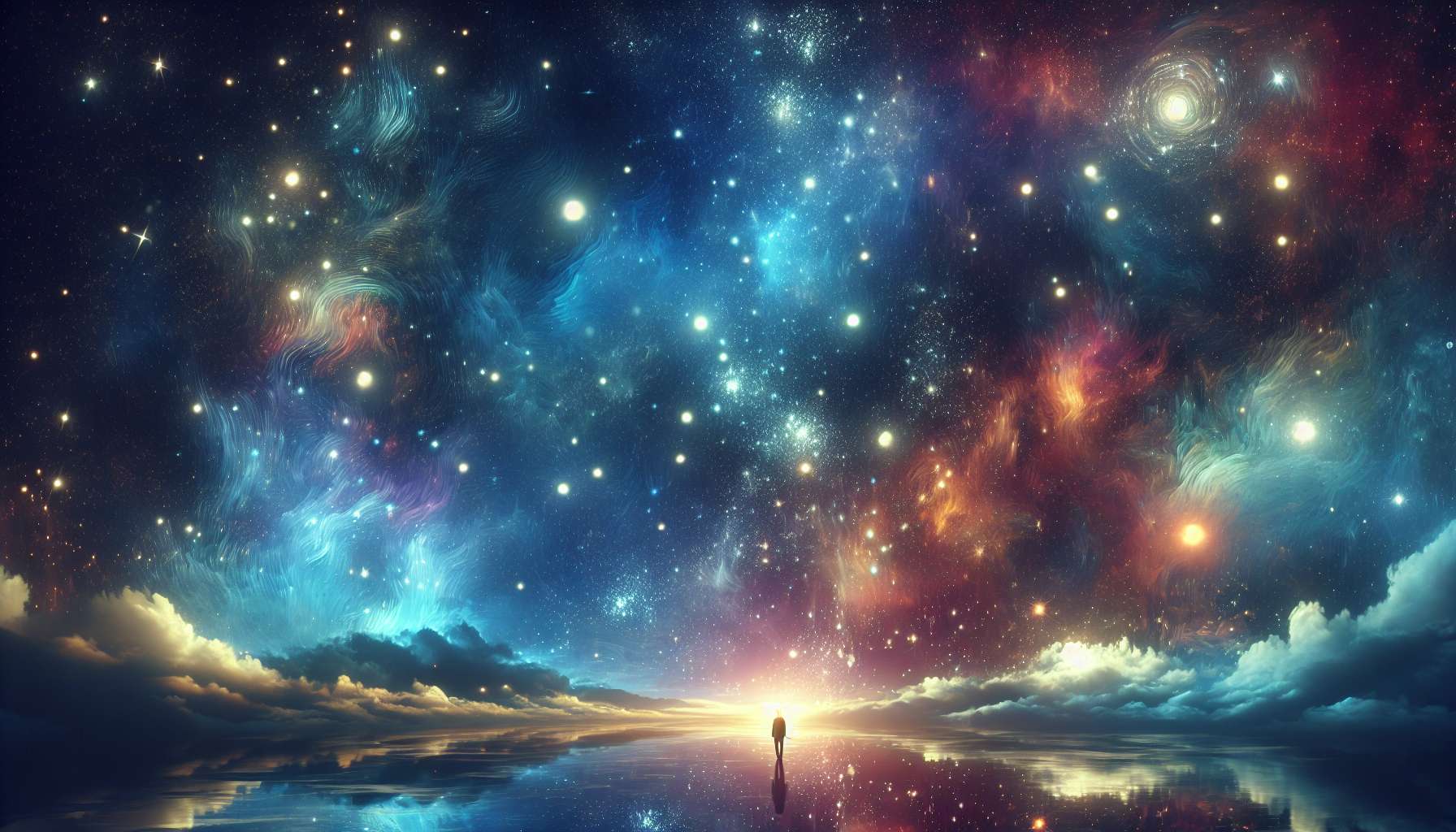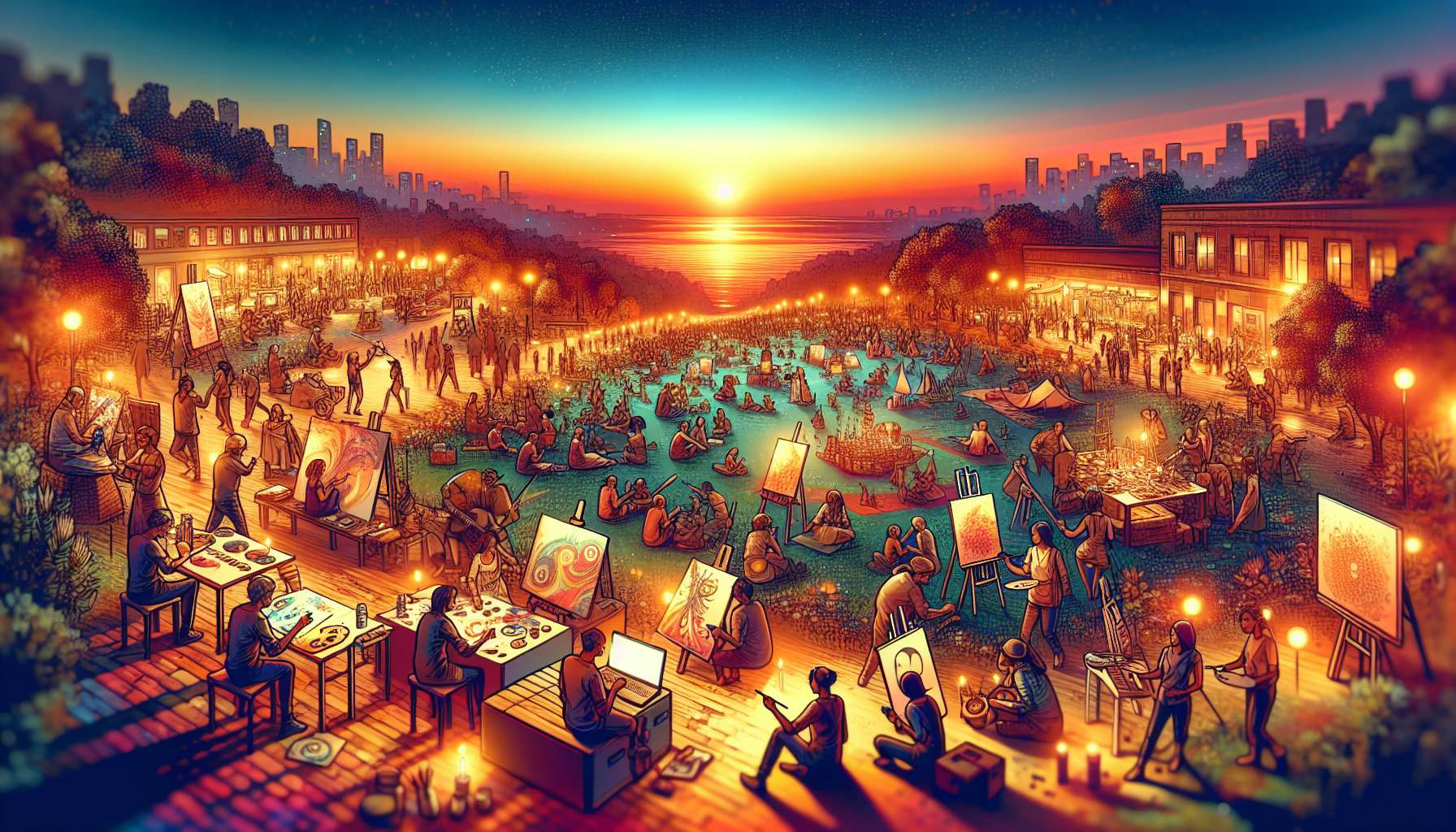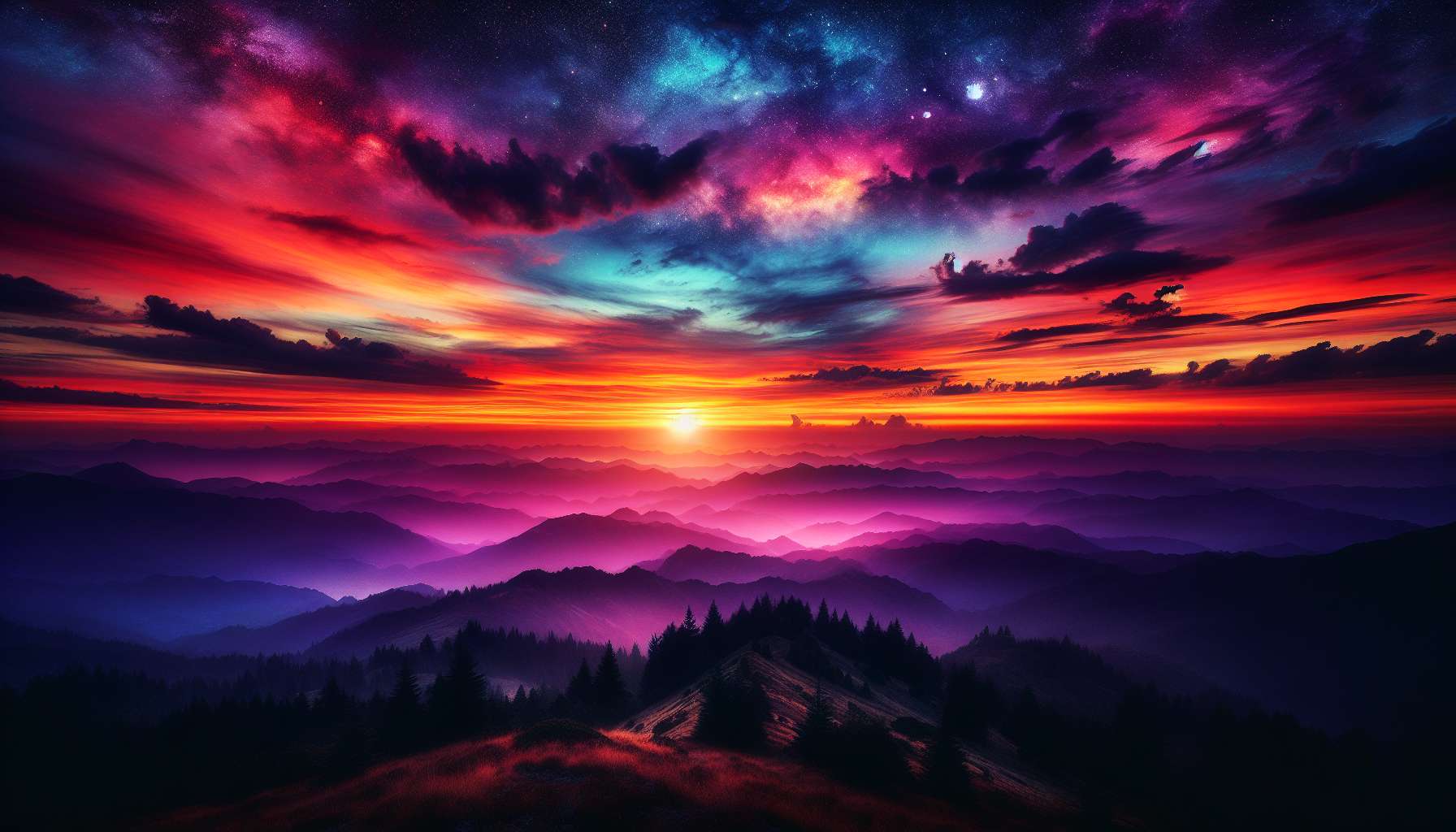Celestial Solace in Imagery: Exploring the Power of Visual Representation
When we gaze up at the night sky, what do we see? A canvas of twinkling stars, distant galaxies, and the moon’s serene glow. The celestial realm has long captivated our imagination, evoking feelings of wonder, awe, and solace. But what is it about celestial imagery that holds such power over us? How does it soothe our souls and inspire our creativity? In this article, we delve into the world of ‘Celestial Solace in Imagery’, exploring the profound impact of celestial representations on our minds and spirits.
The History of Celestial Imagery
From ancient civilizations to modern-day astronomers, humanity has looked to the heavens for guidance, inspiration, and solace. The history of celestial imagery is rich and diverse, with cultures around the world creating intricate star maps, zodiac symbols, and mythological narratives based on the night sky. In ancient Egypt, the stars were seen as gods and goddesses, while the Greeks and Romans named constellations after mythical heroes and creatures. Fast forward to the Renaissance, and artists like Leonardo da Vinci and Galileo Galilei used celestial imagery to explore science and philosophy.
Today, with advancements in technology and space exploration, we have unprecedented access to breathtaking images of distant planets, nebulae, and galaxies. Astronomical photography has become an art form in itself, with photographers and scientists capturing the beauty and mystery of the cosmos in stunning detail.
The Psychology of Celestial Solace
Why do we find comfort and solace in celestial imagery? Psychologists suggest that our fascination with the stars and planets taps into our innate desire for connection and meaning. The vastness of the universe reminds us of our place in the grand scheme of things, putting our worries and troubles into perspective. Gazing at the night sky can evoke feelings of awe and wonder, prompting us to contemplate the mysteries of existence and our place in the cosmos.
Moreover, celestial imagery often symbolizes transcendence and spirituality, offering a sense of hope and renewal in times of hardship. The beauty of a starry sky or a shimmering comet can inspire us to dream, create, and aspire to greater heights. In a world filled with chaos and uncertainty, the constancy of the stars provides a source of solace and stability.
Applications of Celestial Imagery
While celestial imagery has deep symbolic and emotional significance, it also has practical applications in various fields. In astronomy, images of distant galaxies and planetary systems help scientists study the origins of the universe and the evolution of celestial bodies. Astronomical photography plays a crucial role in education and outreach, bringing the wonders of the cosmos to classrooms and public spaces.
Moreover, celestial imagery has found its way into art, literature, and popular culture, inspiring countless works of fiction, poetry, and music. Artists like Vincent van Gogh and Salvador Dali have incorporated celestial motifs into their paintings, while authors like Jules Verne and H.G. Wells have used the cosmos as a backdrop for their imaginative stories.
The Future of Celestial Solace
As we continue to explore the frontiers of space and technology, the role of celestial imagery in our lives is set to evolve. Virtual reality and augmented reality technologies are enabling us to experience the wonders of the universe in immersive ways, blurring the lines between reality and fantasy. With the rise of space tourism and commercial space travel, more people than ever before will have the opportunity to witness the beauty of the cosmos up close.
Furthermore, as we grapple with environmental challenges and social upheaval, the need for celestial solace becomes increasingly important. By fostering a sense of connection and wonder, celestial imagery can remind us of our shared humanity and the need to protect our planet for future generations. In a world that often feels fragmented and divided, the stars above offer a source of unity and inspiration.
Expert Opinions
Renowned astrophysicist Neil deGrasse Tyson once said, “The universe is under no obligation to make sense to you.” This quote encapsulates the profound mystery and beauty of celestial imagery, reminding us of the vastness and complexity of the cosmos. Tyson’s work in popularizing science and astronomy has helped millions of people appreciate the wonders of the universe.
Common Misconceptions
One common misconception about celestial imagery is that it is only relevant to astronomers and scientists. In reality, celestial solace is a universal experience that transcends boundaries of age, gender, and culture. Whether you’re a seasoned stargazer or a novice sky-watcher, the beauty of the night sky is accessible to all.
Comparative Analysis
When compared to other forms of nature imagery, such as landscapes or seascapes, celestial imagery stands out for its ethereal beauty and timeless appeal. While landscapes may evoke feelings of grounding and stability, celestial images inspire a sense of wonder and possibility. Both forms of imagery have their own unique power to soothe the soul and ignite the imagination.
Conclusion
To wrap things up, ‘Celestial Solace in Imagery’ offers us a window into the mysteries of the universe and the depths of our own souls. By exploring the history, psychology, and applications of celestial imagery, we gain a deeper appreciation for the beauty and wonder of the cosmos. As we look to the future, let us continue to draw inspiration and solace from the stars above, finding unity, hope, and renewal in the vastness of the universe.
Thank you for joining us on this journey through the world of celestial solace in imagery. May the stars guide you on your path, illuminating the way with their timeless beauty and wisdom.







